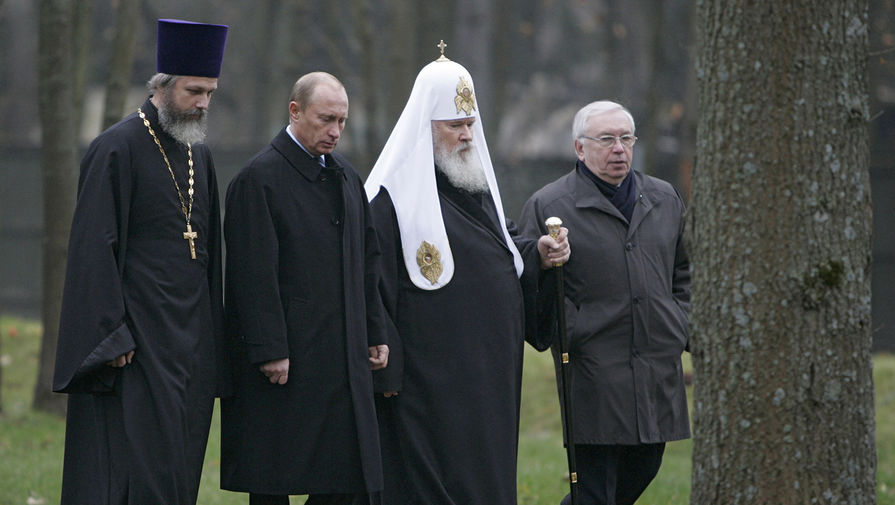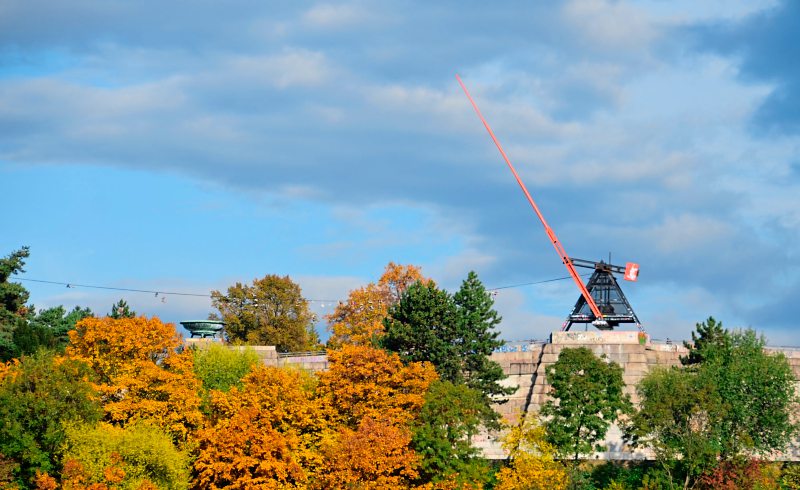On 23 October 1956 a huge demonstration took place in Budapest. The special forces fired on the crowd, as a result the government fell, Imre Nagy returned, a multi-party system was declared and the Soviet troops withdrew. The centre of power was in the hands of the proletariat, of the swiftly formed workers’ councils. But the focus was on political liberty, pluralism, freedom of expression and on a new constitutional republic.It was made clear, once again, that the nationalised and socialised enterprises and institutions would remain in the hands of the people, but ruled by the people, not by the apparat. No significant force demanded joining the Western alliances. Privatisations and the introduction of a market economy were deliberately and decisively rejected. At the same time, people demanded the departure of the Russian troops and true national independence. The spectre of counter-revolution appeared, too, in acts of summary justice and a few cases of lynching of party officials and of special forces. This, however, was greeted with indignation and revulsion by the majority.
The Communist Party dispersed and, although at the helm of the state, the surviving organisation understood that it had no chance of winning the coming elections. A separate social democratic party was again becoming stronger, and it might have become the leading force in society, given the opportunity. The newly formed Politburo and the Nagy government—with members such as the celebrated Marxist philosopher Georg Lukács—advocated a pluralist socialist democracy, based on the collective ownership of the means of production and on democratic planning, subject to the free decision of the nation in multi-party elections and workplace democracy.
There seemed no risk of a move to Western-style free market capitalism. Nevertheless, the rest of the Soviet bloc had decided that the Hungarian Revolution was not to be tolerated. A Russian military attack was launched on 4 November, and the Hungarian revolutionary government quit the Warsaw Pact and declared Hungary’s neutrality. The country was occupied and the revolutionary leadership arrested and deported. Formally, a Quisling government headed by János Kádár (who, until that moment, was a loyal member of the Nagy government and was no different from the rest of the democratic Communist leadership) was supposed to take over, but the real power belonged to the KGB and to the Russian military.
The Hungarian people’s resistance was unanimous; the Kádár clique was totally isolated; there was no trace of treason. Hundreds of thousands fled through the Austrian frontier. The foci of armed struggle were very difficult to subdue. The Hungarian army, trained and armed by the Soviet Union—many officers were heroes of the clandestine anti-fascist resistance during the war—all refused to participate in the occupation and the repression. The special forces were disbanded, and the police were passive or hostile to the Russians. The semi-legal press kept to the popular line of neutrality, independence and socialist democracy. It was the Soviet Union that was accused of betraying socialism, as indeed it had. The quiet heroism and the patience of the population were extraordinary.
And the most wonderful chapter of the revolution was only to come with the beginning of the general strike.



